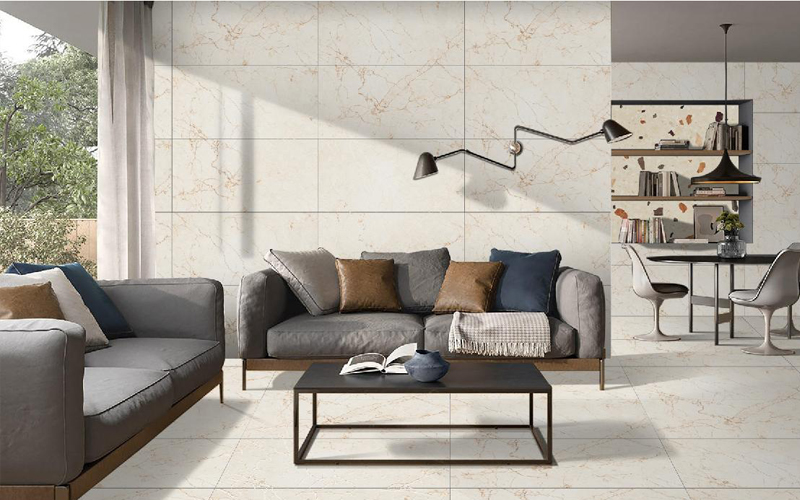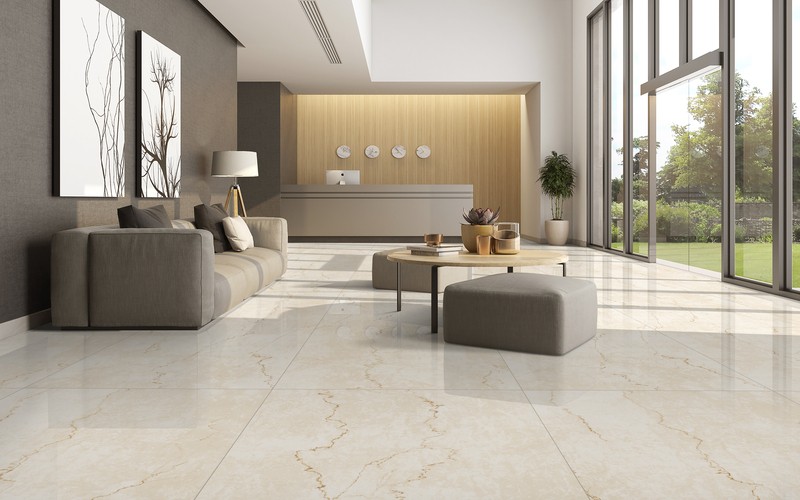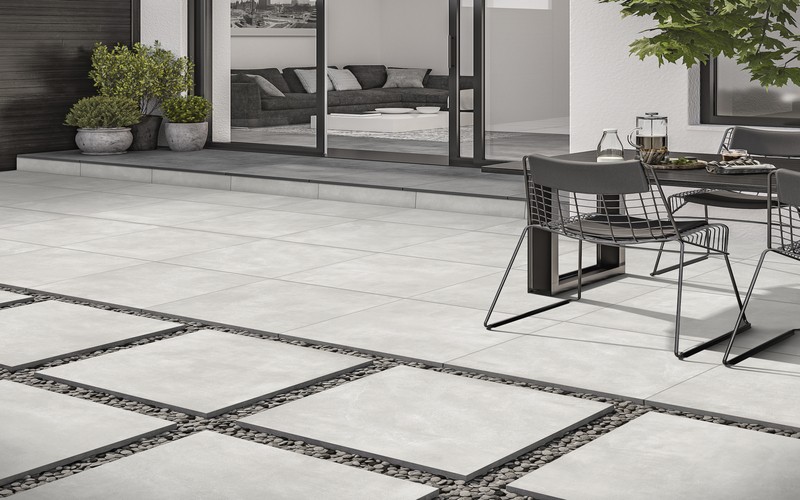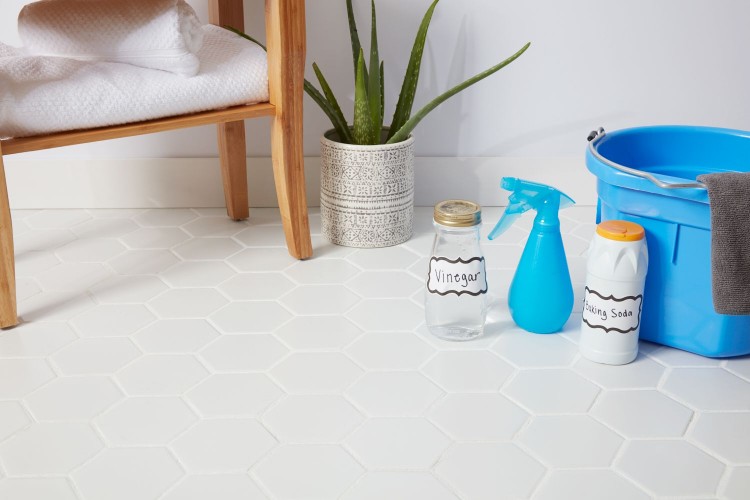How do I know if a tile is a floor or a wall tile?
- News
- 02 Dec 2023

Selecting the right tiles for your home improvement project is a crucial decision, and one key factor is distinguishing between floor and wall tiles. While they may seem similar at first glance, these tiles have distinct characteristics and purposes. In this comprehensive guide, we'll explore the differences between floor and wall tiles, how to identify them, and why choosing the right type for each application is essential. Let's embark on a journey to unravel the mysteries of tile classification and ensure your design dreams come to life.
Understanding the Basics: Floor Tiles vs. Wall Tiles
Before delving into the specifics, let's establish a fundamental understanding of the differences between floor and wall tiles:
1. Usage:
-
Floor Tiles: These tiles are specifically designed to withstand the weight and traffic associated with flooring. They are durable, resistant to abrasion, and capable of supporting heavy loads.
-
Wall Tiles: Wall tiles are lighter and intended for vertical surfaces. While they contribute to aesthetics, they are not built to endure the constant pressure and impact that floor tiles face.
2. Surface Texture:
-
Floor Tiles: Often have a textured surface to provide traction and prevent slips, especially in areas prone to moisture like bathrooms and kitchens.
-
Wall Tiles: Typically have a smoother surface, as they don't need the same level of slip resistance as floor tiles.
3. Thickness:
-
Floor Tiles: Generally thicker and sturdier to withstand the weight and stress from foot traffic and furniture.
-
Wall Tiles: Thinner and lighter, as they don't bear the same load as floor tiles.
4. Durability:
-
Floor Tiles: Designed to be more durable and able to endure the impact of heavy objects, foot traffic, and other stresses associated with floors.
-
Wall Tiles: While durable, they aren't built to withstand the same level of wear and tear as floor tiles.
Now that we've established the foundational differences, let's explore how you can identify whether a tile is intended for the floor or the wall.
How to Identify Floor and Wall Tiles
1. Check Manufacturer Specifications:
- The first and most reliable source of information is the manufacturer's specifications. Review the product details and instructions to determine the intended use of the tile.
2. Examine Surface Texture:
- Run your fingers over the surface of the tile. If it feels textured and slightly rough, it's likely a floor tile designed for slip resistance. A smoother surface suggests a wall tile.
3. Inspect Tile Thickness:
- Measure the thickness of the tile. Thicker tiles, typically 8mm and above, are more likely to be floor tiles. Thinner tiles, around 6mm or less, are often intended for walls.
4. Look for PEI Rating:
- The Porcelain Enamel Institute (PEI) rating indicates the hardness and durability of a tile. Higher PEI ratings (III-V) are suitable for floors, while lower ratings (I-II) are generally for walls.
5. Check ANSI Standards:
- The American National Standards Institute (ANSI) provides guidelines for tile usage. Tiles labeled ANSI A137.1 are suitable for residential wall use, while those labeled ANSI A137.2 are suitable for residential floor use.
6. Consider Coefficient of Friction (COF):
- COF measures a tile's slip resistance. For floor tiles, especially in wet areas like bathrooms, a higher COF is desirable to prevent slips. Wall tiles may have a lower COF.
7. Examine Edge Detail:
- Floor tiles often have a pressed edge or a rectified edge to allow for a smaller grout joint and a smoother surface. Wall tiles may have a straight or cushioned edge.
The Importance of Choosing the Right Tiles
Understanding the distinction between floor and wall tiles is crucial for several reasons:
1. Durability and Longevity:
- Using floor tiles on walls may be overkill, but using wall tiles on floors can lead to premature wear and damage. Selecting the right type ensures the longevity of your installation.
2. Safety:
- Floor tiles are designed with safety in mind, providing traction to prevent slips. Using wall tiles on the floor may compromise safety, especially in wet areas.
3. Aesthetics:
- Each type of tile is crafted with specific design considerations. Using the right tile in the right place ensures that your aesthetic vision is realized without compromising functionality.
4. Installation Considerations:
- Floor and wall tiles may require different installation methods, adhesives, and grouts. Using the correct materials ensures a successful and lasting installation.
5. Cost-Effectiveness:
- Choosing the appropriate tile type prevents unnecessary expenses related to repairs and replacements due to using tiles inappropriately.
- floor tiles
- wall tiles
- tile identification
- tile classification
- choosing the right tiles
- tile design essentials














